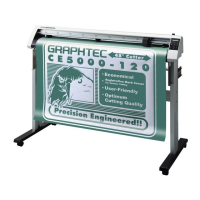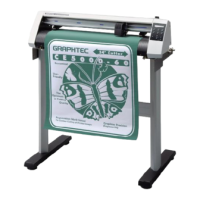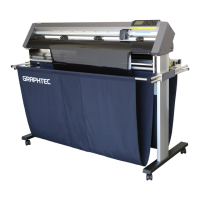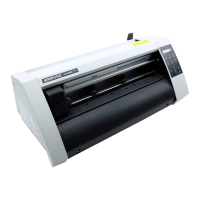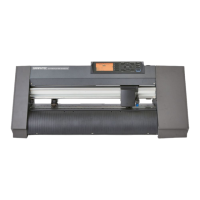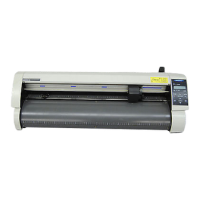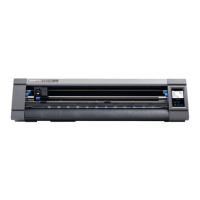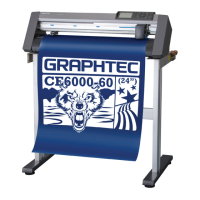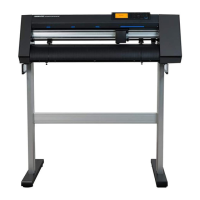What to do if the GRAPHTEC Plotter control panel LED is not lighting?
- KKenneth JohnsonAug 1, 2025
If the LED lamp on your GRAPHTEC Plotter's control panel isn't lighting up, or the LCD screen remains blank, here's what you can check: * Ensure the power cord is properly connected to the plotter's AC line inlet. * Verify the FPC504302 flexible cable is securely connected to both the main board and the control panel. If not, connect it securely. * Check if the FPC504302 flexible cable is broken and replace it if necessary. * Try changing the AC line to ensure the electrical output is correct. * See if the power supply unit has a 5V output; if not, replace the power supply unit. * Consider replacing the main board.
